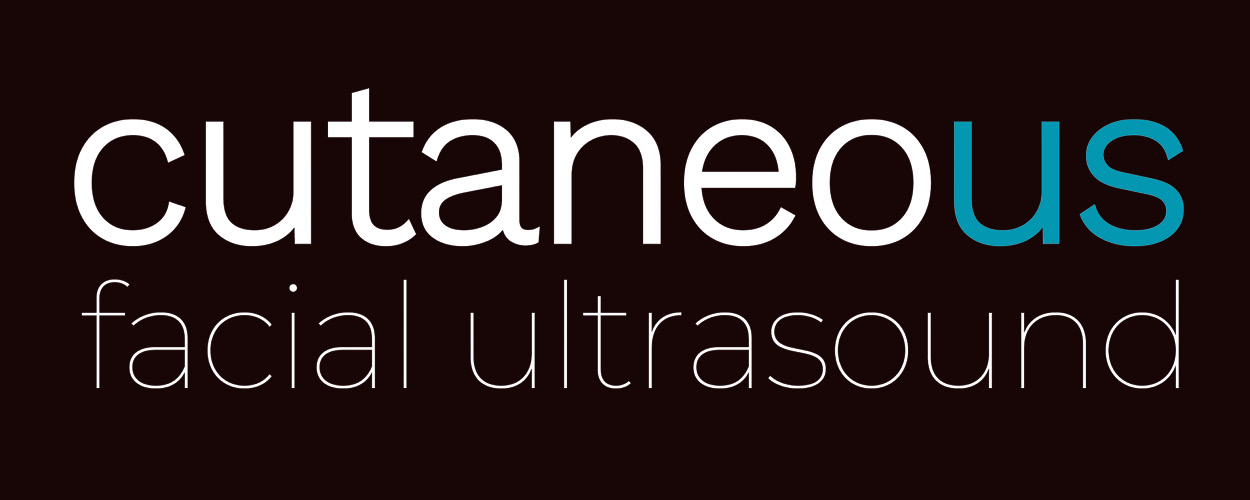Objectives: The efficiency of using ultrasonography in clinical settings is a subject of controversy with pros and cons. The utilization of ultrasonography for cosmetic purposes on the face is a relatively recent advancement. Ultrasonography offers patients a sense of security during skin rejuvenation procedures, aiding practitioners in identifying blood vessels, nerves, and layers.
Introduction: However, a fundamental understanding of facial anatomical structure is essential, as ultrasonography presents these structures in two dimensions, potentially leading to difficulties.
Materials / method: Ultrasonography frequencies typically range from 10 MHz to 15 MHz when applied to the face. Frequencies lower than this range are suitable for visualizing deeper layers, making it challenging to focus on facial depth, while higher frequencies are used for observing skin layers.
Effective utilization of ultrasound begins with the identification of key reference points. For instance, recognizing structures like procerus for the upper face, LLSAN for the mid-face, and DAO for the lower face facilitates comprehension of surrounding structures.
Results: Doppler functionality aids in locating blood vessels, helping differentiate between veins and arteries. Unlike body ultrasound, pressure is not applied during facial observation due to the small and surface-level anatomical structures. However, excessive gel application is necessary to enhance visibility, which presents a drawback.
Over-application of gel; however, leads to the formation of air bubbles causing posterior acoustic shadowing, rendering anatomical structure observation difficult. Moreover, excessive gel application hinders ultrasonography-guided procedures.
Conclusion: Ultrasonography is also beneficial in preventing vessel damage, particularly in identifying sentinel veins, facial vessels, and anterior cervical veins. For example, in the case of the sentinel vein, injecting botulinum neurotoxin in lateral canthal rhytide and frontalis areas often leads to bleeding. Furthermore, the use of ultrasound is advantageous when reducing the volume of the submandibular gland, as its varied location and size can be challenging to palpate. The presence of the anterior cervical vein and facial vessels in proximity to the submandibular gland makes ultrasound a valuabl
Divulgação de informações
Você recebeu algum patrocínio para sua pesquisa neste tema?
Não
Você recebeu algum tipo de honorário, pagamento ou outra forma de compensação por seu trabalho neste estudo?
Não
Você possui relação financeira com alguma entidade que possa competir com os medicamentos, materiais ou instrumentos abordados no seu estudo?
Não
Você detém ou pediu a registro de patente para algum dos instrumentos, medicamentos ou materiais abordados no seu estudo?
Não
Este trabalho não recebeu nenhum patrocínio direto ou indireto. O mesmo está sob a própria responsabilidade do seu autor.













